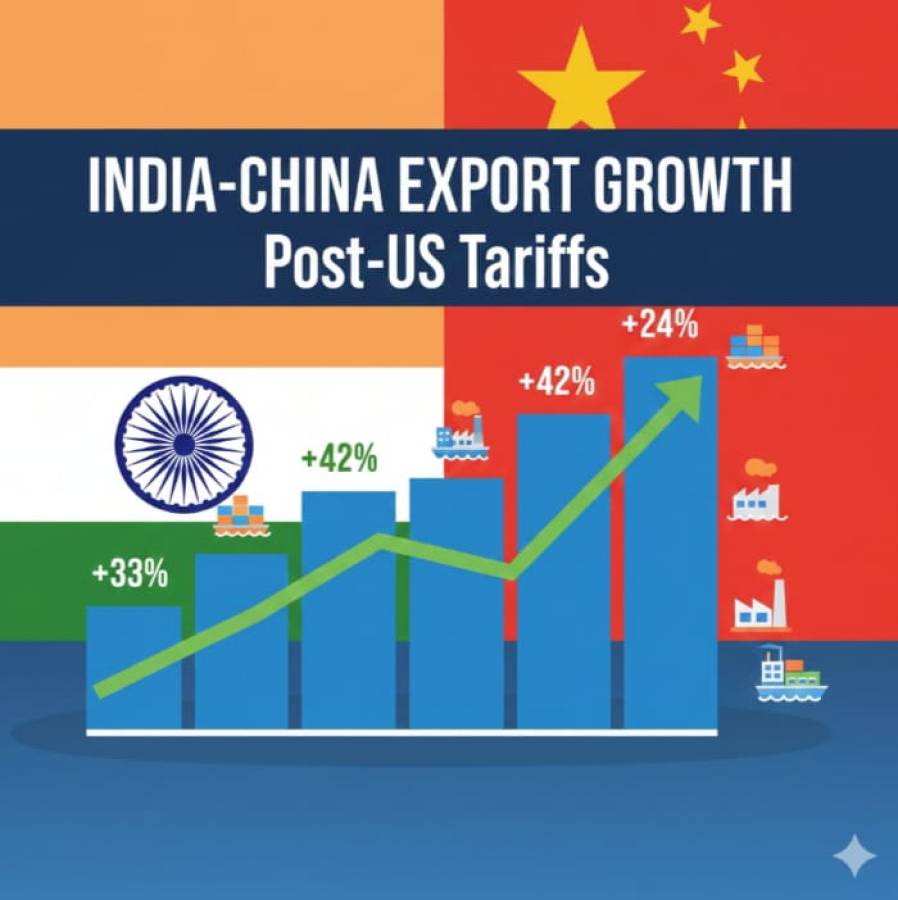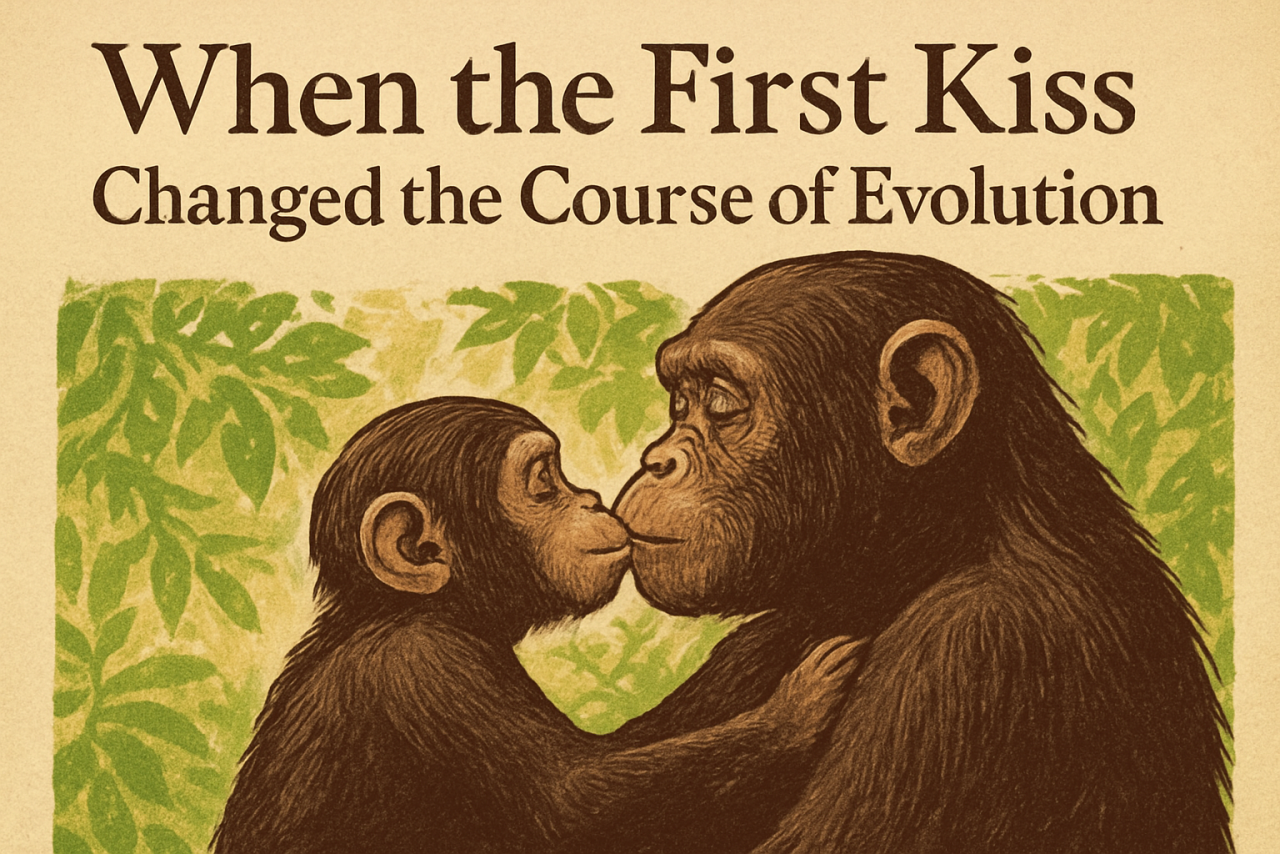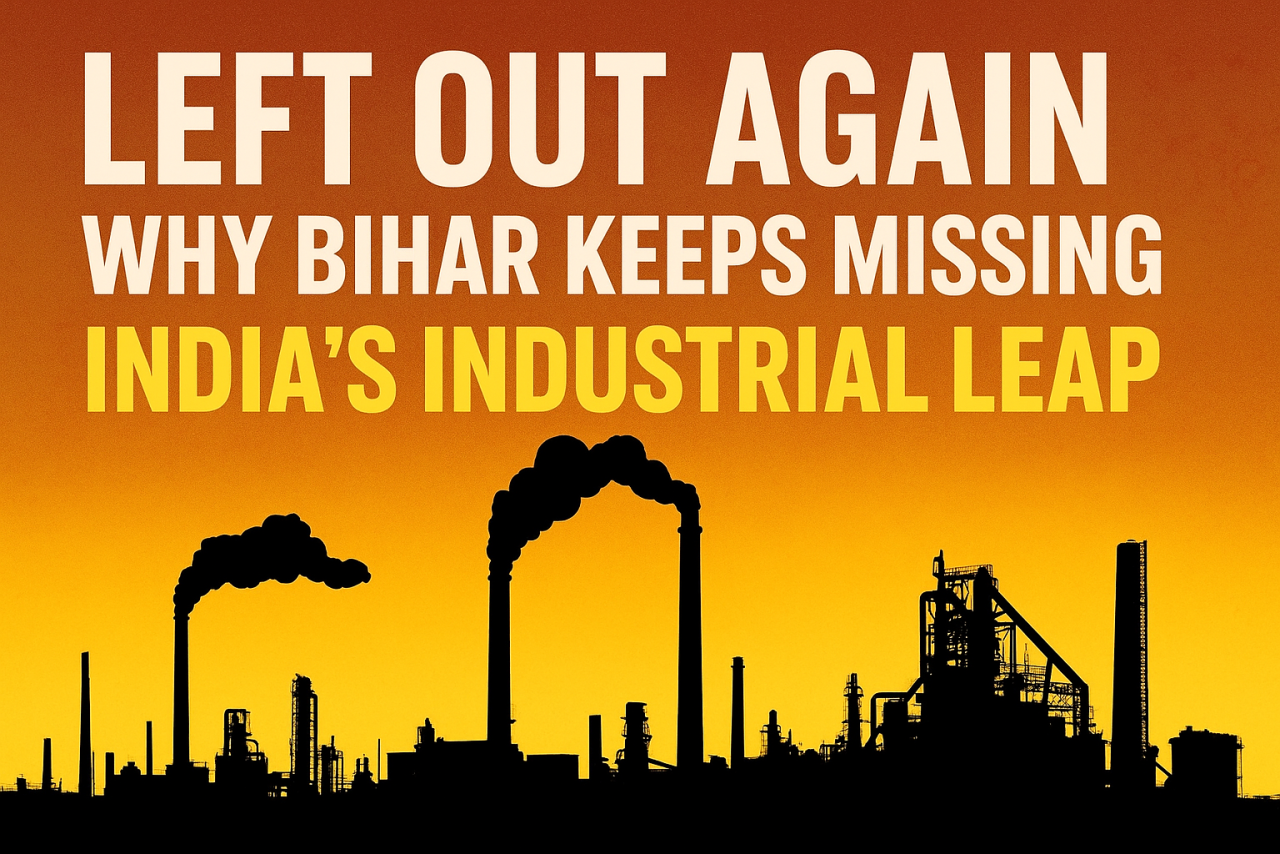
The modern economy presents a strange contradiction. While automation promises unmatched efficiency and higher productivity, it also casts a long shadow over the global job market. The steady rise of technology, especially the rapid spread of Artificial Intelligence (AI) and robotics, is not only reshaping industries but also changing the basic demand for human labor. This shift is creating real anxiety and a visible rise in joblessness across different sectors.
A New Wave of Displacement
In the past, major technological shifts from machines in agriculture to assembly lines during the Industrial Age caused temporary job losses, followed later by the creation of new, often more skilled occupations. The current wave of automation, driven by advanced algorithms and machine learning, is different in an important way. It is targeting not only repetitive manual work but also complex cognitive tasks that were once considered safe for white-collar workers.
The impact is strongest in fields built on routine processes. In the Information Technology (IT) sector, which supports much of the modern economy, simple tasks like basic coding, quality testing, and data entry are now handled by automated scripts and AI tools. This change is causing global capability centers and IT service firms to slow down routine hiring, especially at the entry level where fresh graduates usually start. Companies are instead looking for specialized skills in areas like AI, machine learning, and cybersecurity. This shift is creating a widening gap for workers whose abilities no longer match industry needs.
The Unseen Cost of Efficiency
The main reason behind this technological push is economic efficiency. Companies face strong global competition, and many must reduce costs and increase output. Automated systems can work nonstop, make fewer mistakes, and do not need benefits, allowing firms to save significantly. Investment banks estimate that AI could replace work equal to hundreds of millions of full-time jobs worldwide, not by removing entire roles in a single move, but by automating a quarter of all work tasks in developed economies.
This leads to slower or shrinking hiring across traditional corporate roles. Jobs in customer service, data processing, and administrative support are especially vulnerable because these tasks are easy to automate. For the current workforce, this creates rising job insecurity and the harsh reality of being “removed cleanly, efficiently, and often silently,” as one study on modern layoffs notes. For young job seekers, it results in fewer entry-level roles that once served as stepping stones to stable careers.
The Hourglass Economy
Automation is pushing the economy toward what experts call an hourglass structure. Jobs at the top and bottom of the skill and wage scale are safer, while the middle is rapidly weakening.
High-Skill Roles: Occupations that require advanced knowledge, creativity, complex problem-solving, and emotional intelligence, such as strategic management, scientific research, and specialized engineering, work well alongside automation. These jobs are seeing higher wages for those who learn AI-related skills.
Low-Skill Roles: Jobs that require physical skill, personal interaction, or customized service, such as nursing, plumbing, and elder care, remain difficult and expensive to automate.
Middle-Skill Roles: The middle segment, built on routine and predictable tasks, faces the greatest risk. Factory assembly, basic data analysis, clerical work, and simple financial services are disappearing the fastest, putting new pressure on the traditional idea of a secure middle-class life.
Navigating the Future of Work
While the outlook can seem troubling, most economists do not predict total decline. Automation is disruptive, but it also creates new opportunities. The World Economic Forum predicts that although tens of millions of jobs will be lost, an even larger number of new technology-driven positions, including Data Scientists, Renewable Energy Engineers, and AI Ethicists, will emerge.
The real challenge is not stopping technological progress but guiding workers through this transition. Society must invest heavily in reskilling and upskilling. Workers must build key abilities like critical thinking, active learning, and social awareness along with new technical skills. Governments and educational systems must cooperate to redesign training programs. Instead of holding onto jobs that machines can handle more effectively, the focus must shift to preparing people for work that requires human judgment and creativity.
The true test of the automated future will be whether we can close the gap between job loss and job creation. Success will ensure that technological progress helps society as a whole rather than concentrating wealth and opportunity among a small group. Failure would risk not only an economic crisis brought on by joblessness but also a deeper social crisis driven by inequality and unrest.




















